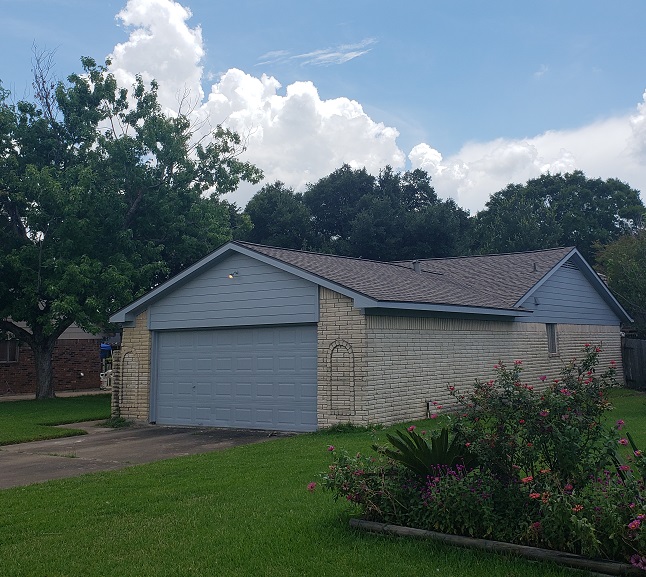 A common misconception among homeowners is that ridge vents cool the attic space. They do, but the effect is almost imperceptible. Ridge vents are not designed to cool your attic, but, instead, are meant to promote air flow.
A common misconception among homeowners is that ridge vents cool the attic space. They do, but the effect is almost imperceptible. Ridge vents are not designed to cool your attic, but, instead, are meant to promote air flow.
Why is air flow important to your attic? Without proper air flow, stagnant air causes wood (rafters, plywood) to absorb the moisture (humidity) that builds up in the attic. The wood then expands and contracts, depending on the weather. This causes the nails that attach the shingles to the plywood to “pop”. In extreme cases, I have seen as many as 100 or more popped nails. When this happens, the roof is extremely susceptible to leaks. (Even one nail pop can cause a leak over time.)
In my opinion, the most attractive, natural, and virtually worry-free system for attic ventilation is ridge vents. Not only are they more attractive than other attic ventilation products, they use less energy and, as a rule, last as long as your roof.
Ridge vents operate in this way: Air enters the home through the vents in the eaves, rises, then exits through the ridge vents. As hot air continues to rise, it pulls more air into the attic which exits through the ridge vents. This is a naturally repeating cycle which does not require any source of power, such as electricity. In fact, it’s an excellent example of physics at work!
There are other ways to “expel” air from your roof. In some houses that do not have enough ridge line, these may be your only choice. But if you have a choice, I always recommend ridge vent because it is more attractive, and doesn’t burn out.
Here are examples of ventilation products and why ridge vents are a better choice:
Turbines – The downside to turbines is their appearance. Other negative factors, depending on how much you spend, are jamming, squeaking, and rusting. If you have to use turbines, make sure your roofing contractor installs only well-made turbines.
Electrical turbines – Motors burn out in 3-4 years, which means you have to pay someone to come out and install replacements. Also, they have a thermostat in which the lowest setting is about 85-90 degrees. Colder or milder months mean you’re not getting any air movement in your attic. (Remember, there is still humidity in colder months – otherwise it would never rain!)
Solar fans- The jury is still out on this one. They work as long as power is stored but some have an auto shut off at 50 degrees.
A word of caution! Some contractors or handymen think the more ventilation products you have, the better. This is simply not true and can be detrimental to your roof.


